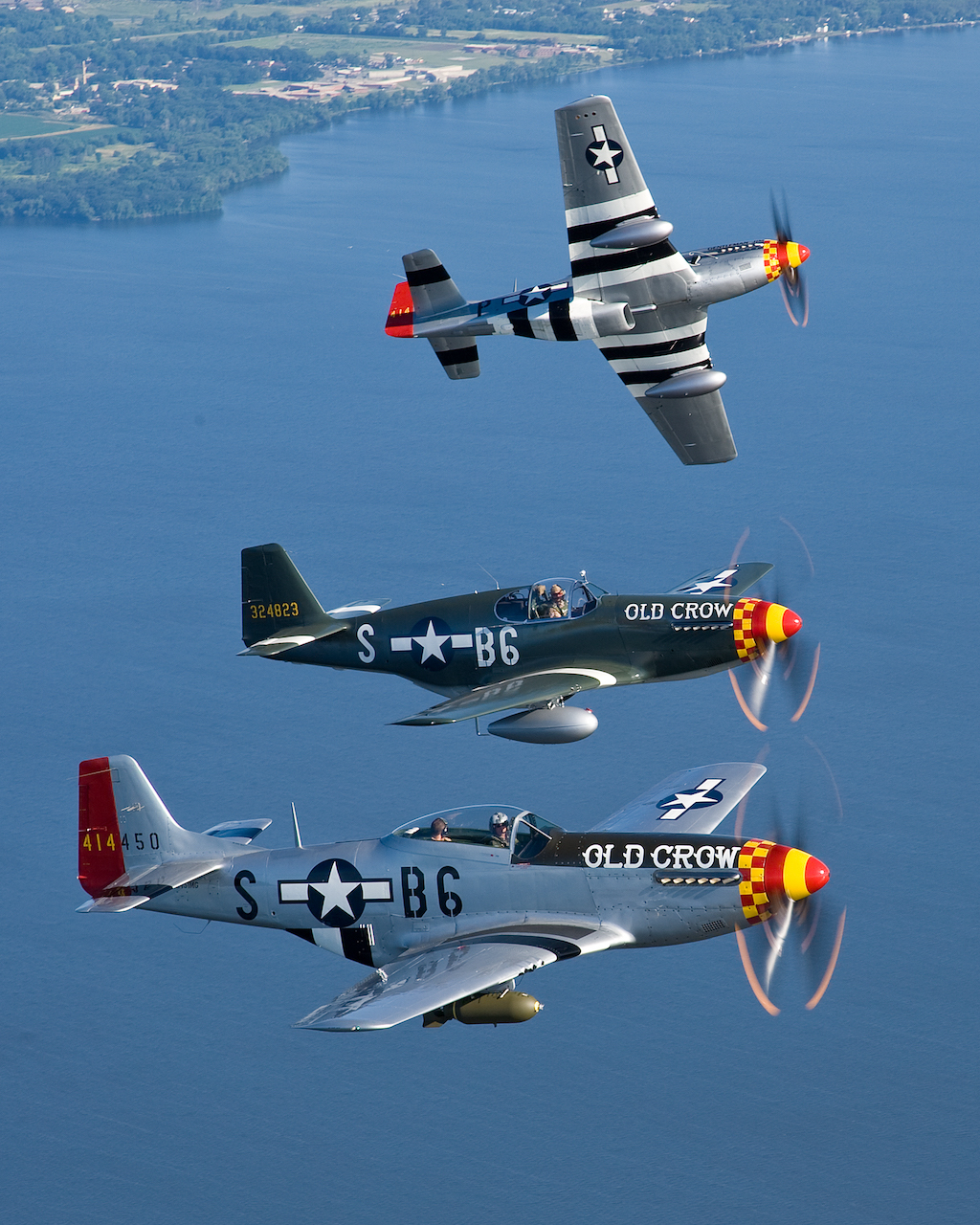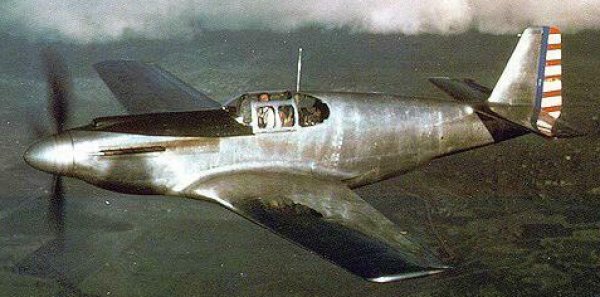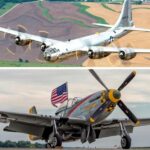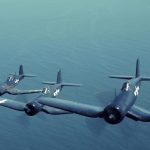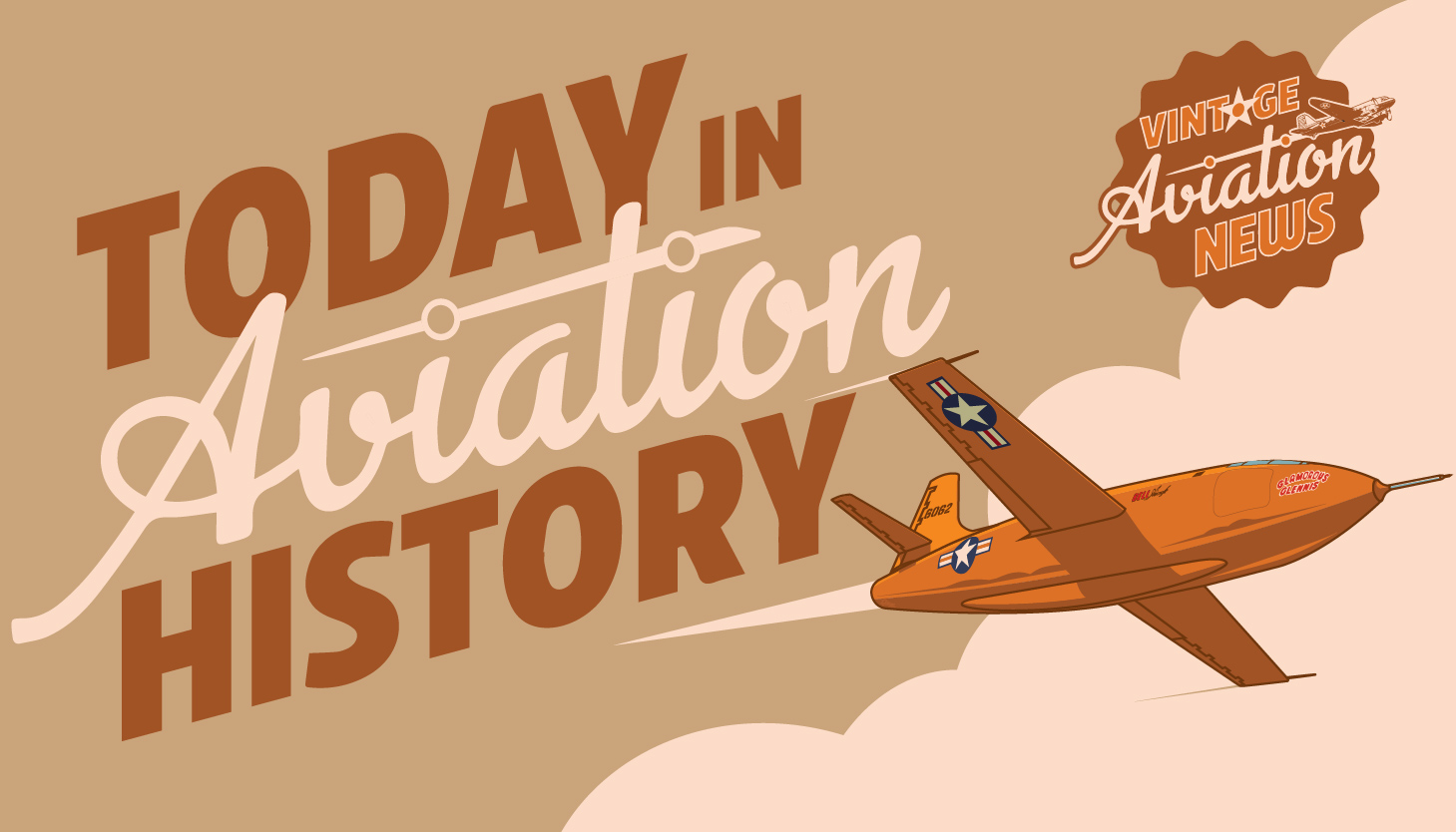
On this day in aviation history, 85 years ago (October 26, 1940), the legendary North American P-51 Mustang took its maiden voyage to the skies.The P-51 was an American long-range fighter whose design originated in response to a requirement from the British Purchasing Commission. The British initially wanted to purchase more Curtiss P-40 Warhawks through the Lend-Lease Act, and had approached North American Aviation about building them under license for their Royal Air Force. North American proposed an entirely new design, more modern than the P-40. A mere 102 days later, on September 9, 1940, the first prototype Mustang – the NA-73X – was completed.
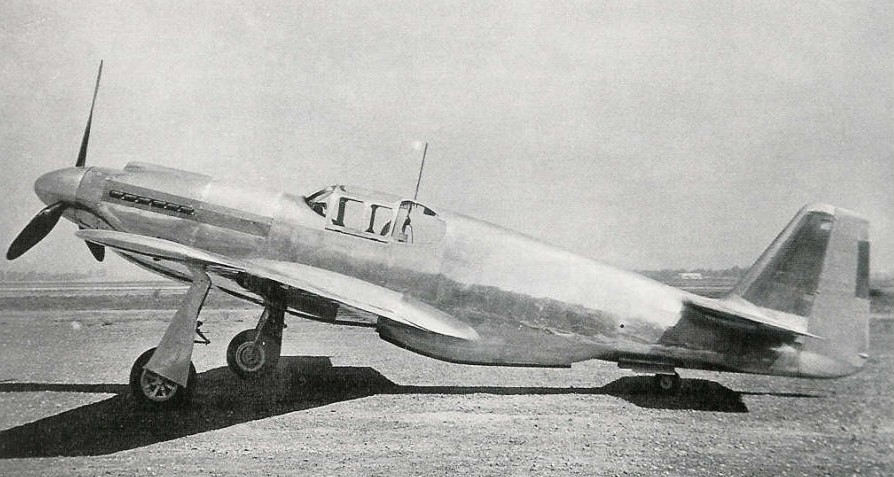
Originally, the P-51A model was powered by the Allison V-1710 inline V12 engine. The British found this engine to be a solid performer at lower altitudes, but lacking up above – where the dogfights really took place. In 1942, the British fitted the Mustang with the Rolls-Royce Merlin V-1650 inline V-12 engine, and the results were much more favorable at higher altitudes. It was the combination of this engine and laminar-flow wing that gave the P-51 such great range and performance. The Mustang would go on to fly fighter escort to heavy bombers of the USAAF 8th Air Force – having the capability to fly with them all the way to the target and back home to safety.

The P-51 Mustang was arguably one of the most successful fighters of the war due to its combination of speed, range, maneuverability, and firepower. The definitive model of the Mustang, the P-51D, was powered by a Packard-built Rolls-Royce V-1650-7 Merlin V12 liquid-cooled engine. The V-1650-7 produced 1,490 horsepower at 3,000 rpm, and 1,720 horses at War Emergency Power. This powerplant gave the P-51D a maximum speed of 440 miles per hour. With external fuel tanks installed, the Mustang had a range of 1,434 nautical miles. The P-51’s service ceiling was 41,900 feet, and it could climb at a rate of 3,200 feet per minute. P-51Ds were armed with six .50 caliber AN/M2 Browning machine guns, and had 1,840 total rounds available to gift to the enemy. Additionally, the Mustang could be fitted with six to ten 5.0 inch T64 HVAR rockets and up to 1,000 pounds of bombs under the wings.
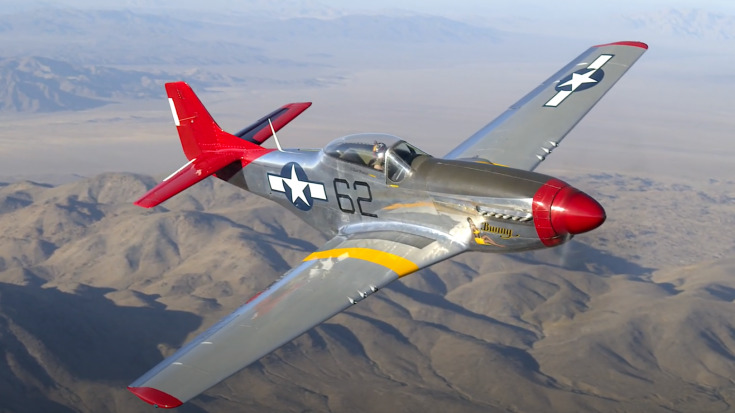
Of the 12,776 P-51s built during World War II, many remain flying today – somewhere in the neighborhood of 150. The Jack Aces P-51 Team currently flies a three-ship airshow demonstration, showcasing the precision and flight characteristics of the Mustang. Waiting in the wings to take flight is the P-51 Lucy Gal – a Mustang effort that will honor MIA Tuskegee Airman F/O Leland Pennington (www.lp-51.com)
